Welcome!
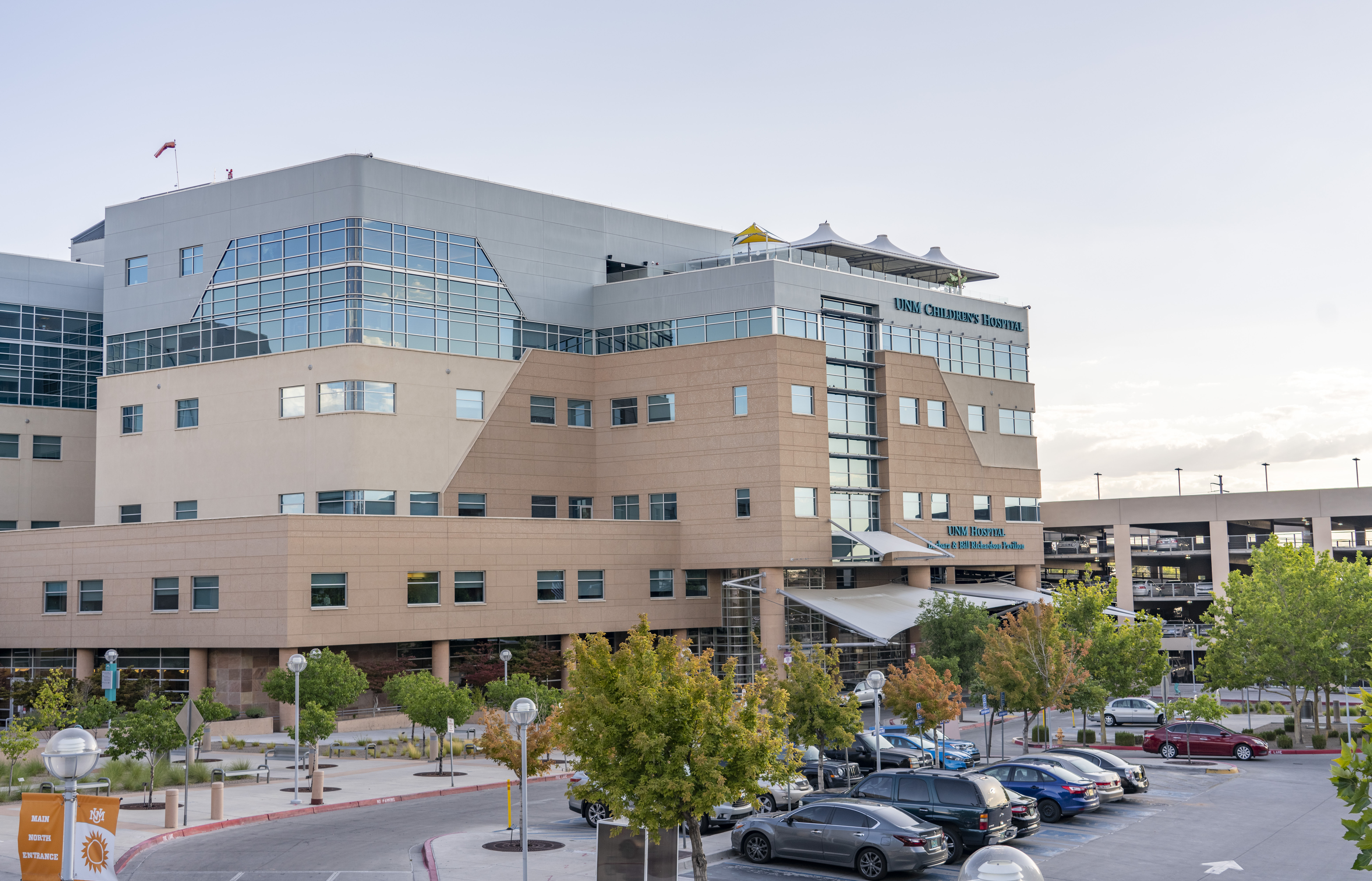
The University of New Mexico (UNM) Division of Pediatric Emergency Medicine offers an ACGME-accredited fellowship program in Pediatric Emergency Medicine (PEM). Our fellowship program currently accepts three fellows per year who have completed residency training in either pediatrics or emergency medicine.
The mission of our fellowship is to recruit diverse physicians and provide them a supportive and engaging training environment so that they may excel in the clinical care, education, research, and service aspects of the field of pediatric emergency medicine.
A unique aspect of our program is the opportunity for community outreach. Our fellows have lectured at the Santa Fe Ski Area conference, Enchanted Circle EMS conference, the Navajo Nation EMS conference, and at many other conferences throughout the state.
UNM is the state’s only level one trauma center and serves children from all of New Mexico and parts of Arizona, Colorado, and Texas. The UNM Pediatric ED provides care to approximately 25,000 children per year.
Please contact Miriam Bustillos, Fellowship Coordinator, with any questions. Click on How to Apply, below, for application instructions.
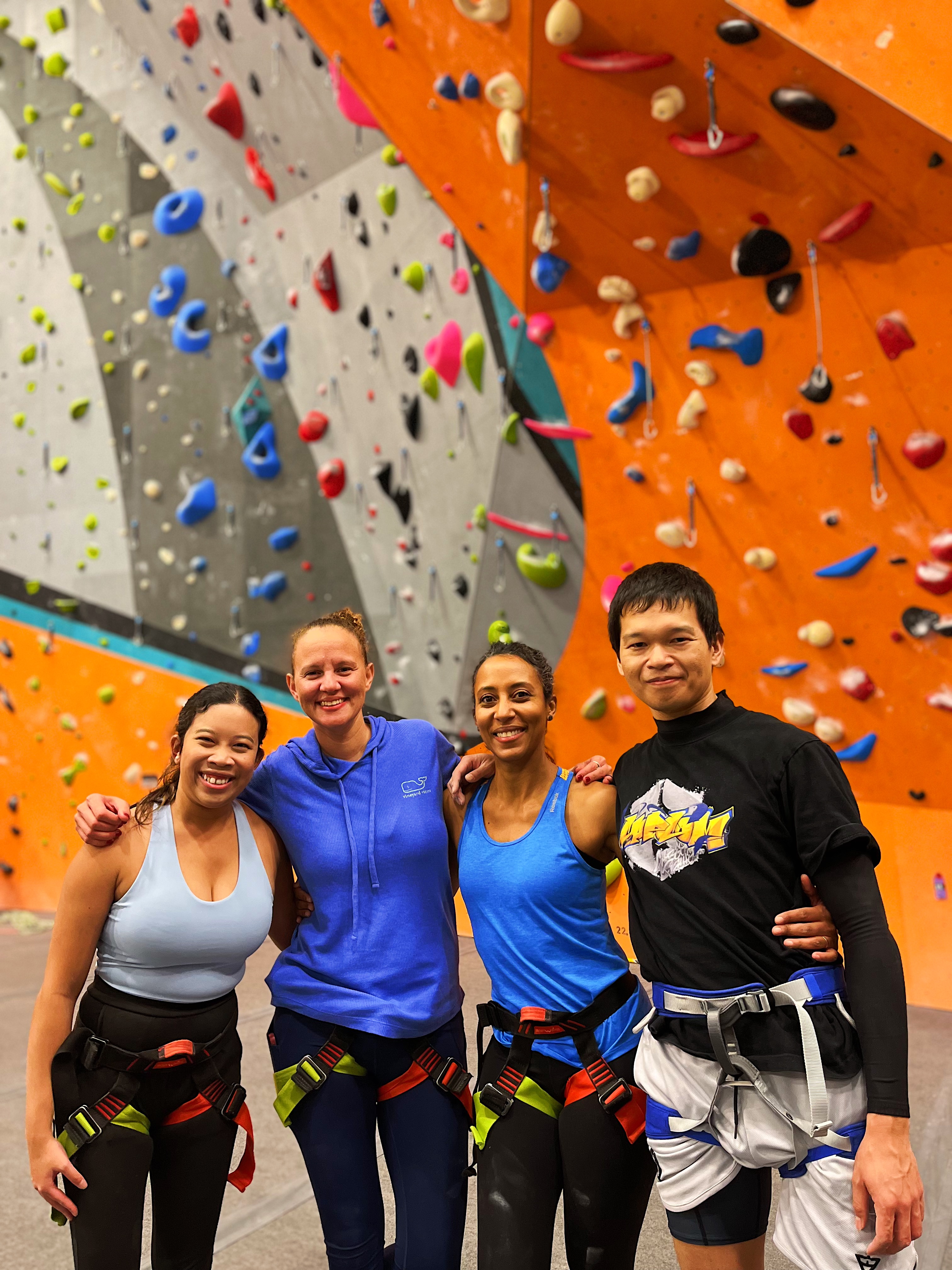
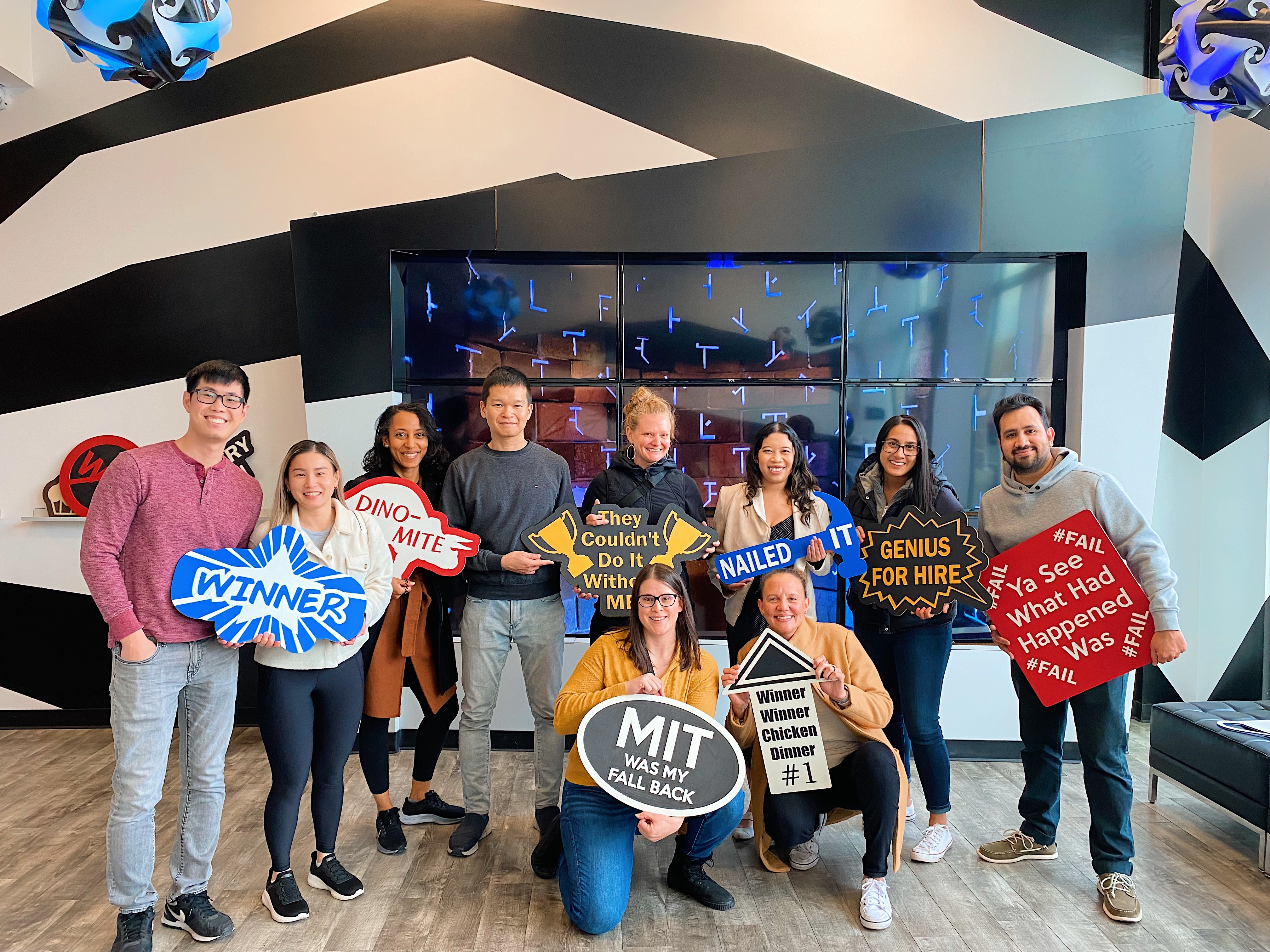
Fellow Wellness Day at Escape The Room – April 2024 as part of our wellness initiative.
Faculty left to right: Dr. Sonia Lam, Dr. Natasha James, Dr. Keisuke Abe, Dr. Cynthia Carter, Dr. Lina Ha, Dr. Priya Gupta, Dr. Gustavo Guerrero, and Dr. Yomayra Perez (sitting on right).
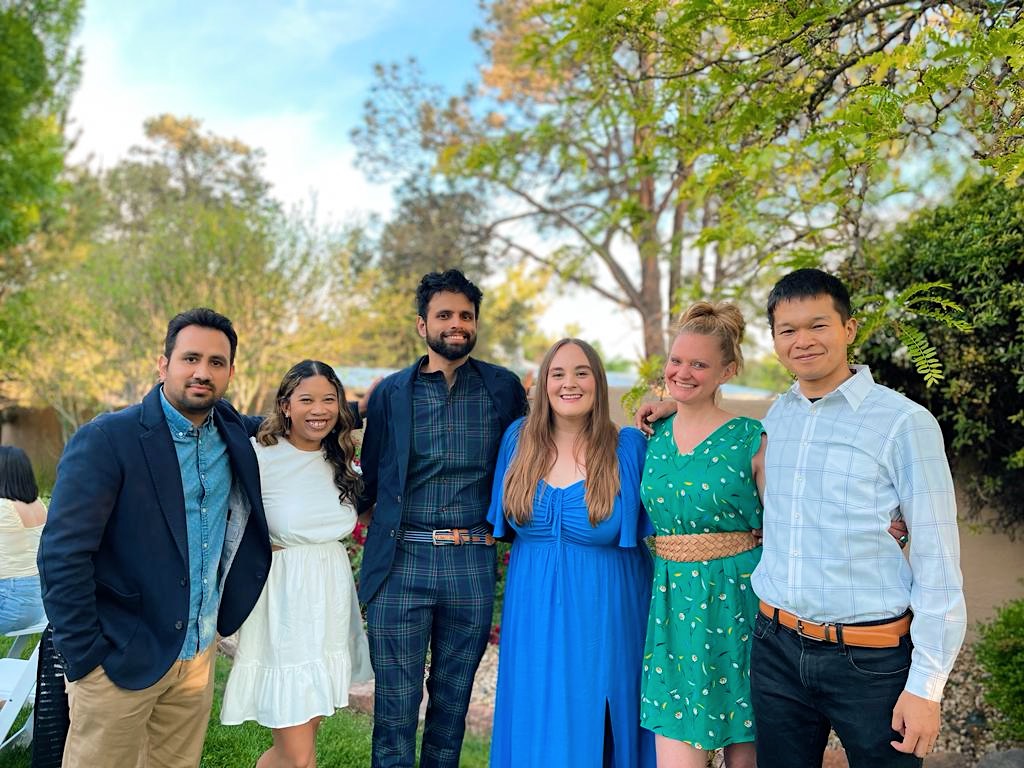
PEM 2023 Graduation – May 2023, Celebrating Dr. Neehar Kundurti and Dr. Brittany Ebbing graduation.
Left to right: Dr. Gustavo Guerrero, Dr. Lina Ha, Dr. Neehar Kundurti, Dr. Brittany Ebbing, Dr. Cynthia Carter, and Dr. Keisuke Abe.
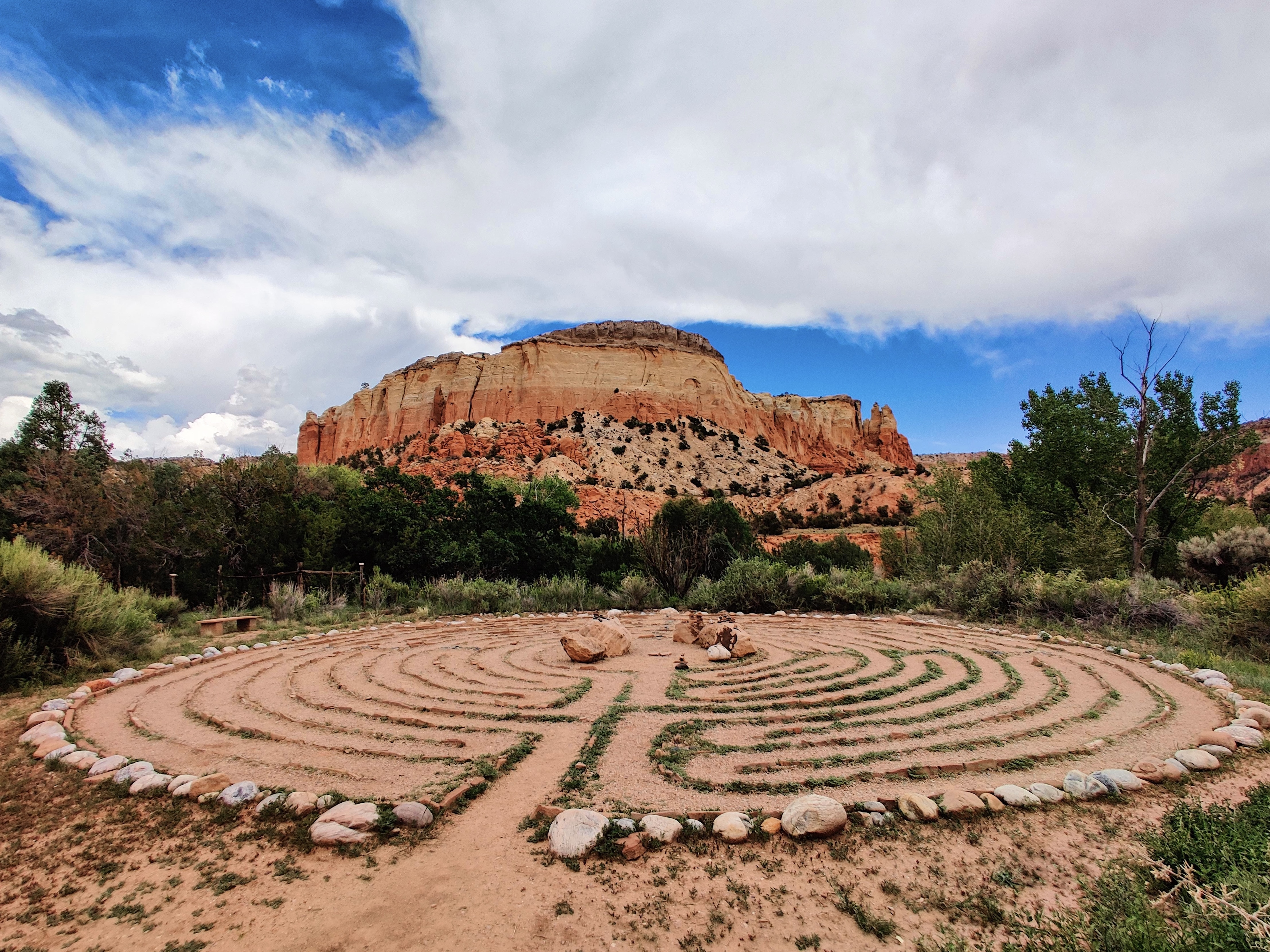
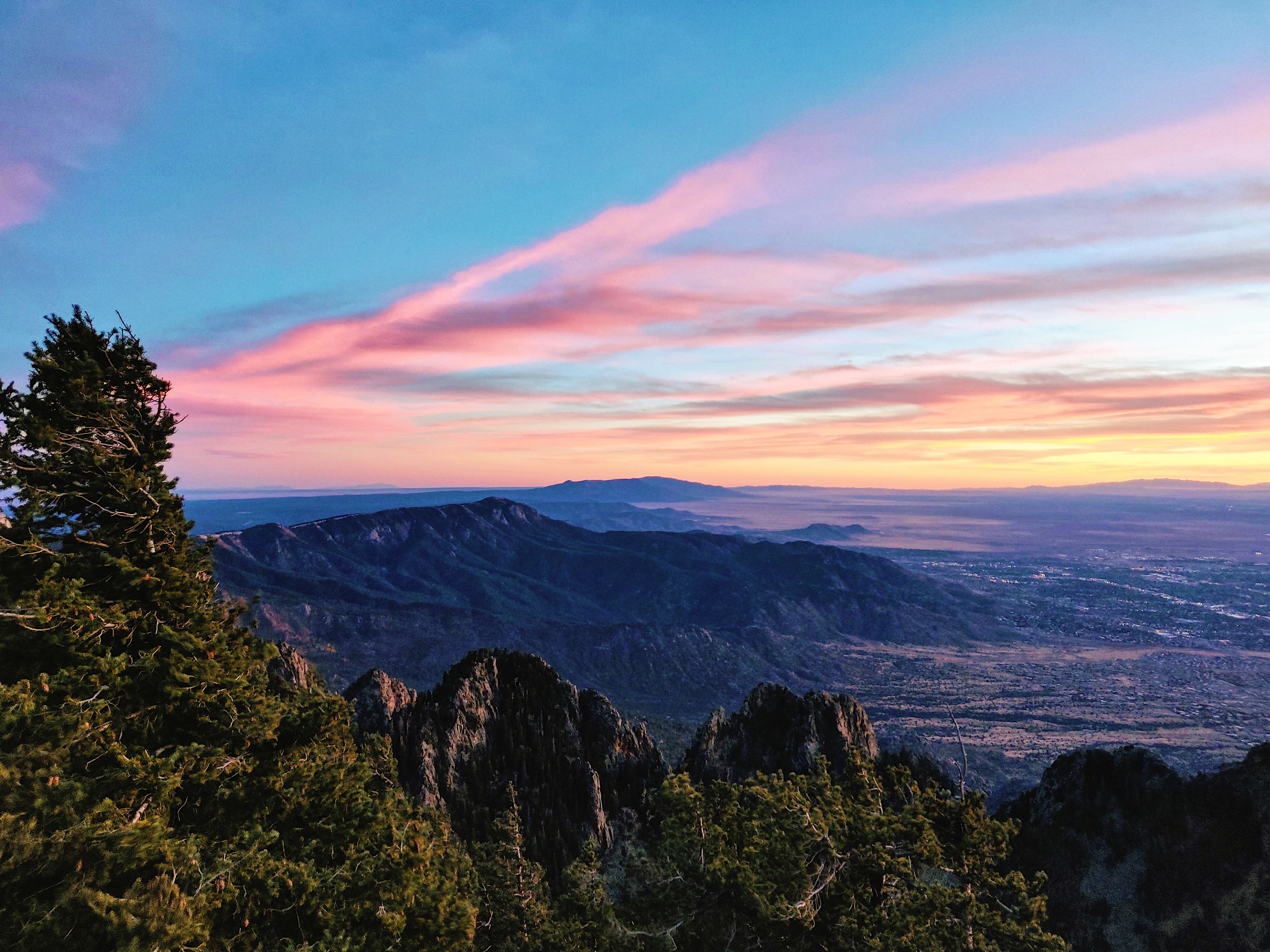
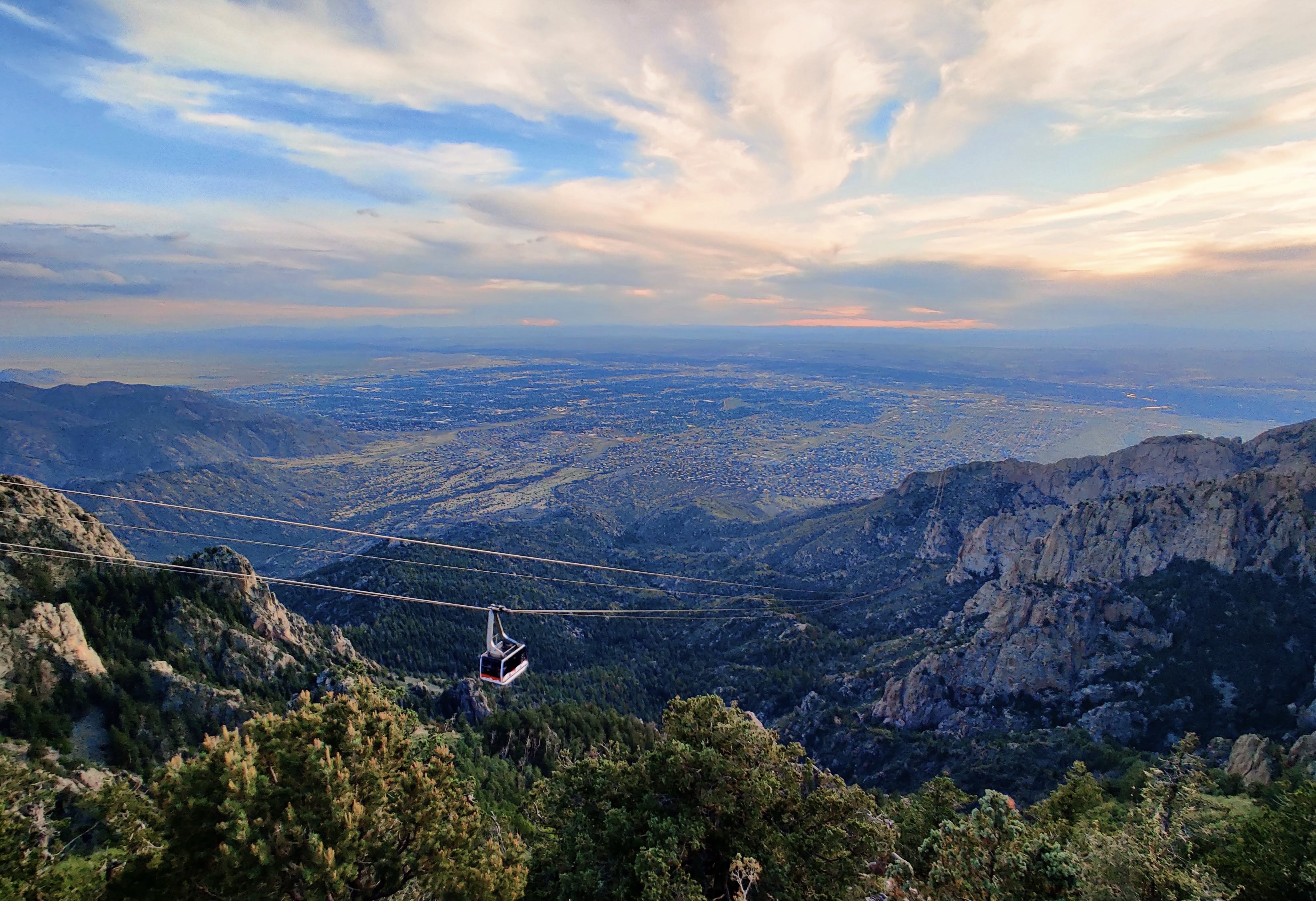
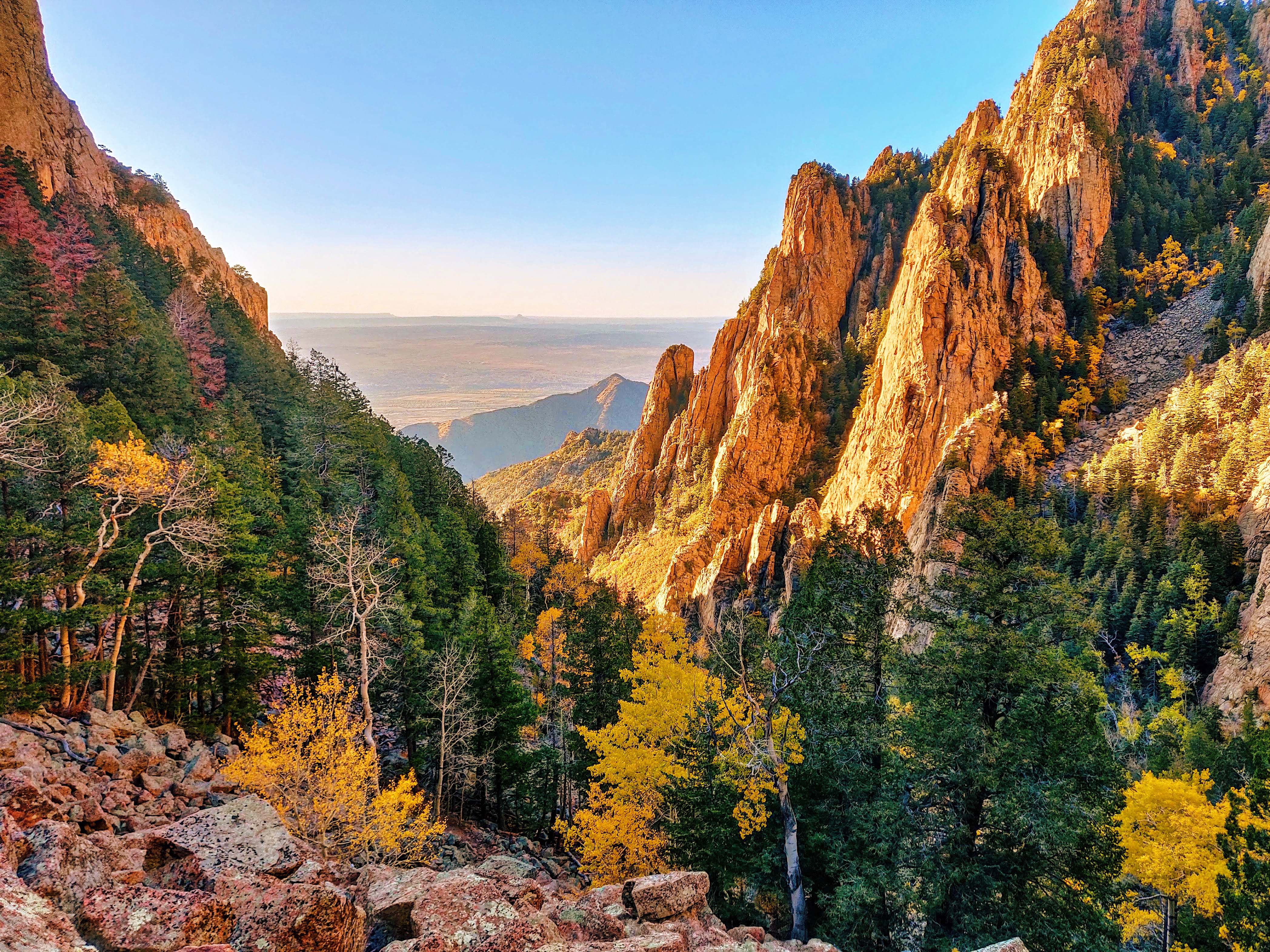
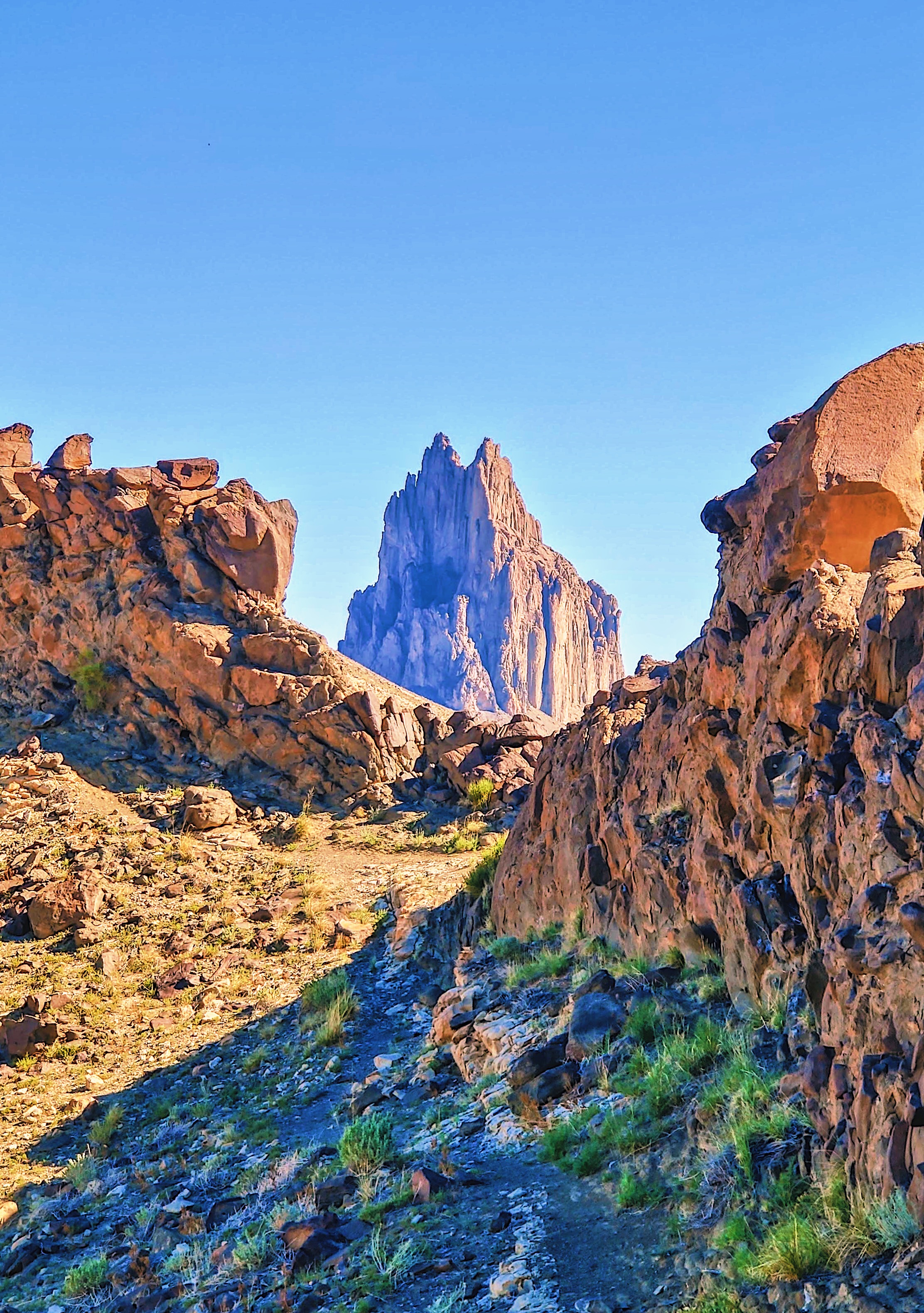
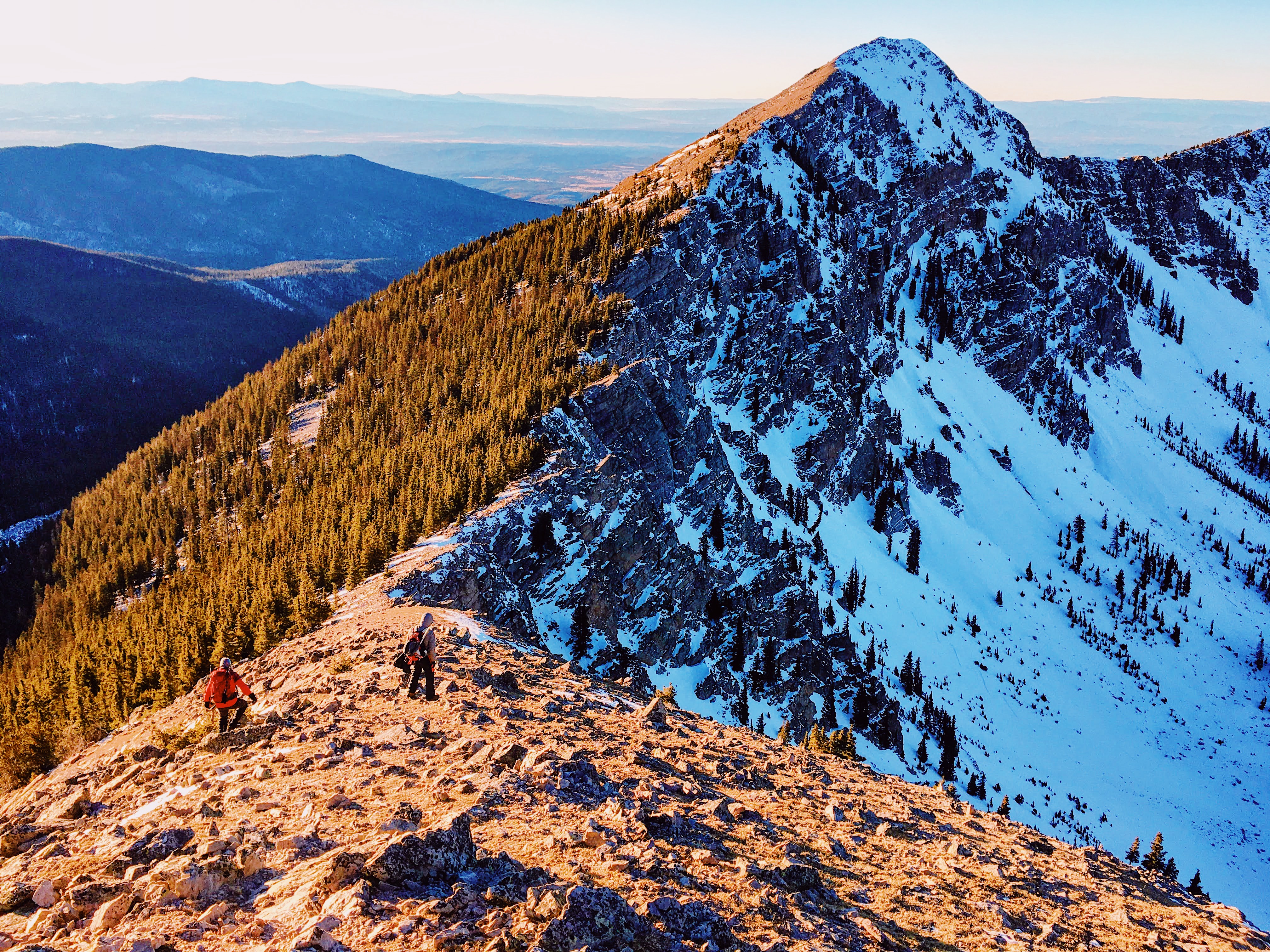

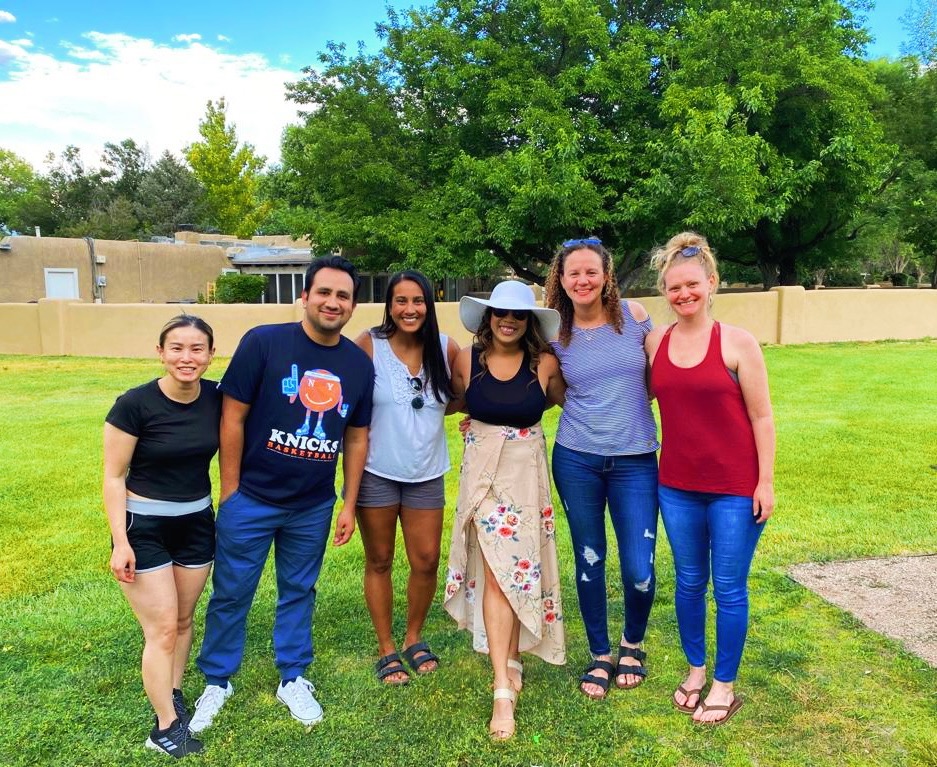
Welcome Picnic – July 2023 for our annual PEM Fellow Welcome Party. Left to right: Dr. Sonia Lam, Dr. Gustavo Guerrero, Dr. Priya Gupta, Dr. Lina Ha, Dr. Yomayra Perez, and Dr. Cynthia Carter.
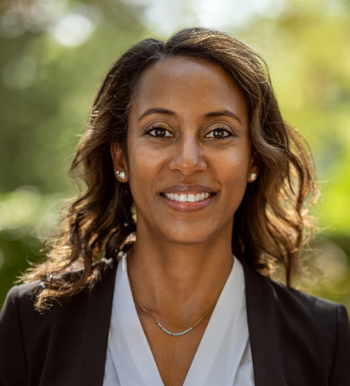
Natasha James, MD, FAAP
Program Director
Education
Biography
I was born on the beautiful Caribbean island of Trinidad and spent much of my childhood in Trinidad and St. Vincent before my family immigrated to the East coast of the United States. After finishing my undergraduate degree in Ithaca NY, my husband and my daughter and I moved to New Mexico where we have now lived for over 19 years. It has been a great journey to raise three children and enjoy the state of NM. I enjoy the outdoors, music, traveling and learning about cultures from around the world.
Teaching Interests
Center/Laboratory/Program Affiliations
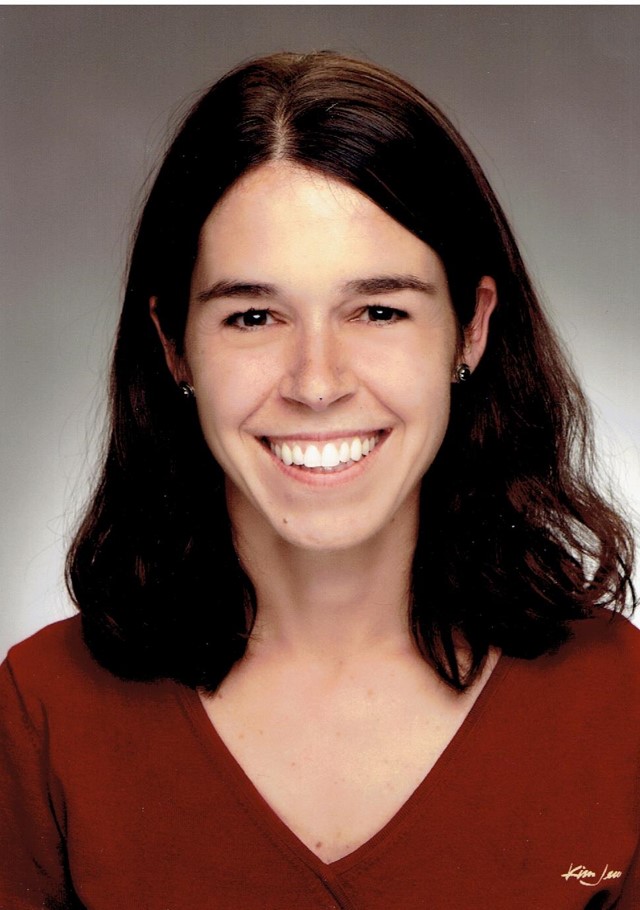
Sara Skarbek-Borowska, MD, FAAP (she/her/hers)
Associate Program Director
Education
Biography
Teaching Interests
Center/Laboratory/Program Affiliations
Our fellows receive training to become effective educators, supervising during shifts and providing didactics to emergency medicine residents and pediatric residents. Fellows also have opportunities to teach in the community with local EMS, tribal emergency services, ski patrol, and search-and-rescue teams.
Research education and mentoring is a primary focus of our fellowship. Over the course of three years, fellows learn the fundamentals of research to facilitate a career in academic medicine.
Wellness is paramount for our fellows, and living and training in New Mexico is unmatched for achieving this goal. In addition to the breathtaking backdrop of mountains and deserts, Albuquerque is a vibrant city, rich with culture, museums, festivals, breweries, artisans, farmer’s markets, and sports teams. Outdoor activities, for all seasons, are readily accessible, just in the backyard of the city. There's always something new here to experience - come and try it out for yourself!
Want to find out more about what New Mexico has to offer?
https://www.newmexico.org/
A day in the pediatric emergency department is never the same. Sure, it always starts the same - with a brilliantly sunny, bluebird sky. After all, you are in New Mexico! And yes, you’ll probably still see asthma and constipation, but that’s where the routine ends and the envenomations, rodeo injuries, and even pig bites, begin. That’s what makes the University of New Mexico Pediatric Emergency Medicine Fellowship a delightfully unique place to train.
The Fellowship is uniquely part of the Department of Emergency Medicine, housed with Disaster Medicine, Emergency Medical Services, and Wilderness Medicine, offering amazing opportunities across the board. We are an active Level 1 Trauma Center. As such, a dedicated trauma month is not part of our curriculum as we see these patients daily. Marshaling people, resources, and plans for multiple trauma resuscitations on top of an already-busy census is not an uncommon scenario. Given the acuity seen at UNM, opportunities for procedures abound. Additionally, as the tertiary referral center for a large catchment area, taking calls from community emergency departments, telemedicine consults, and transport considerations are a regular aspect of our training.
At this point, you’re probably thinking this all sounds pretty similar to other programs, so what’s it like at the University of New Mexico? Full disclaimer: I have no idea what other training experiences are like - probably similar to you, I have only experienced one acting internship, one residency, and now, one fellowship. A sample size of n=3 is probably not very useful for comparative descriptions, so I will abstain.
What I can share, beyond a doubt, is that I am supported here. Each day, I am supported by a clinical team truly dedicated to taking care of the health and wellness of the children of New Mexico. I am supported by attending physicians who encourage exploring approaches and techniques that differ from what they might do themselves. I am supported by a division with strong leadership that has a clear and collaborative vision for where this program is headed. And most of all, I am supported when voicing my wants, needs, concerns, and preferences.
What I can share, beyond a doubt, is that I am valued here. My expertise in pediatrics is valued by my peers, trusted by my attending, and called upon to educate residents. My role as a PEM fellow here is one that is bestowed with appropriate responsibility. In this institution, my role is welcomed at all faculty, division, and departmental meetings. Education and research opportunities with community EMS, medical students, and residents abound because we are valued. Equally important is that my education is valued as a priority of the department. The directorship actively listens and responds to fellows’ requests to best maximize our learning. In just the last year, shift schedules have been adjusted, rotations have been improved, and incredible learning adjuncts such as ImageSim have been added to contribute to our education. A fellows’ office, access to all of the UNM Health Sciences Center facilities, and a state-of-the-art simulation center serve as some of our other resources.
Most importantly, I can share that I am incredibly happy here. Wellness is the latest buzzword in graduate medical education, but a work-life balance is baked into the very fabric of living and training in New Mexico. Not only is it breathtakingly beautiful in New Mexico, but Albuquerque itself is a vibrant city with opportunities that span all interests. With a diverse community, the city is rich with culture, full of museums, festivals, breweries, farmer’s markets, sports teams, and outdoor activities for every season. I get to take my dog trail running and skiing, grow carrots and kale in my backyard, dig for fossils, build exhaustive spreadsheets of the best taco trucks, and learn all my Spanish from minor league soccer chants. The cost of living and opportunity for adventures and explorations of the greater southwest are second to none. Also, nobody, and I mean nobody, gets better sunsets than we do.
However, it’s not just life outside of the hospital that is joyous. The patients and the families that I get to take care of, the nurses and residents and staff, my co-fellows, and all the members of the department - these are the faces that make going to work each day so enjoyable. More than anything, I am grateful and fortunate to be part of the University of New Mexico Pediatric Emergency Medicine Fellowship.
Benny Chen, MD
The role of the fellow in the PED during the first year is mainly direct patient care with a focus on procedures, trauma, and medical resuscitations. Fellows during their second and third year will continue to provide direct patient care, supervise residents, and become proficient at running the pediatric ED. Fellows will also take referral calls and manage the transport of critically ill patients.
Rotations, electives, block schedule, and areas of special focus:
Year 1
Pediatric Trained Fellows
Orientation – 0.5 BlockPediatric Emergency Medicine/Research – 7 BlocksUltrasound/ Toxicology - 1 BlockPediatric Critical Care - 1 BlockPediatric Anesthesia - 1 BlockAdult Emergency Medicine - 1 BlockTrauma - 1 BlockChild Abuse Response Team – 0.5 BlockVacation – 3 weeks per year
Emergency Medicine Trained Fellows
Orientation/ Pediatric Anesthesia - 1 BlockPediatric Emergency Medicine/ Research - 7 BlockPediatric Critical Care - 1 BlockPediatric Clinics - 1 BlockNeonatal ICU/ Inpatient - 1 BlockChild Abuse Response Team – 1 BlockElective - 1 BlockVacation – 3 weeks per year
Research and Peds ED blocks are combined. The number of shifts required per month is fewer in the 2nd and 3rd years to allow for research.
Year 2
Pediatric Trained Fellows
Pediatric Emergency Medicine/Research – 9 BlocksAdult Emergency Medicine - 1 BlockOrthopedics - 1 BlockEmergency Medical Services - 1 BlockElective – 1 BlockVacation – 3 weeks per year
Emergency Medicine Trained Fellows
Pediatric Emergency Medicine - 7 BlocksPediatric Emergency Medicine/Research - 1 BlockPediatric Outpatient Subspecialty Clinic - 1 BlockNeonatal ICU/ Inpatient - 1 BlockElective - 1 BlockVacation – 3 weeks per year
Year 3
Pediatric Trained Fellows
Pediatric Emergency Medicine/Research – 11 BlocksAdult Emergency Medicine - 1 BlockElective – 1 BlockVacation – 3 weeks per year
Examples of electives: radiology, cardiology, orthopedics, dermatology, ultrasound, procedures, toxicology, wilderness medicine
Examples of pediatric outpatient clinics: urgent care clinic, cardiology clinic, outpatient continuity clinic, dermatology clinic, developmental clinic
Fellow-driven educational sessions are held every Wednesday. The key elements of our curriculum include the following:
PEM longitudinal ultrasound curriculum
Longitudinal research curriculum
Monthly simulation
Procedural training
Board preparation
Annual airway and sedation course, annual pain course
Certifications in: Neonatal Resuscitation Program, Advanced Trauma Life Support, Pediatric Advanced Life Support, Advanced Cardiac Life Support, Fundamentals of Critical Care
Teaching Opportunities
PEM fellows hold monthly simulation sessions and give morbidity and mortality presentations at EM resident conferences. They provide one PEM lecture per year to EM and pediatrics residents. All fellows participate in the UNM Residents as Educators Course. Fellows may also take classes and workshops through the UNM Office of Continuous Professional Learning.
Community Outreach
PEM fellows have the opportunity to teach at several conferences throughout New Mexico. Fellows have lectured at the Enchanted Circle EMS Conference, Santa Fe Ski Area Conference, the Navajo Nation EMS Conference, and others.
International Opportunities
Our PEM Fellows have provided educational sessions with our partner hospitals in Japan and St. Vincent.
Wellness/Retreat
The wellness of our PEM fellows is extremely important to us. We schedule an annual all-day retreat for our PEM fellows. Fellows have 2 wellness days off per year. We host periodic wellness lunches as a group off-campus.
Diversity, Equity, and Inclusion in Emergency Medicine
The Department of Emergency Medicine is dedicated to advancing a diverse and inclusive workforce that can lead clinical, educational, research, and service excellence and drive equitable care for our diverse patient populations.
First-Year Fellows (PGY4)
Year one is spent adapting to the new hospital environment before adapting to supervising trainees. This can be a challenging time for some fellows as they transition from life as senior residents or even attendings in some cases. They will focus on learning and doing as many procedures as possible, learning how to manage pediatric traumas, medical emergencies and adult resuscitations.
Second Year Fellows (PGY5)
In Year Two, the PEM Fellow begins the transition from caring for patients directly to becoming the supervising physician in charge of the entire ED. These parallel shifts are designed to provide the year II fellow with experience supervising, handling referral and transport calls, and running the ED under the direct supervision and assistance of a PEM attending.
Third Year Fellows (PGY6)
In year three, the fellows will become proficient in running a pediatric ED. This includes caring for patients, taking referral calls, and maintaining an effective working relationship and communication with nursing and other members of the health care teams. They also supervise residents and medical students. Year three clinical responsibilities offer the fellows the opportunity to develop their own PEM practice with continued support.
Salary for 2023-2024
HO IV – $69,272
HO V – $72,273
HO VI – $74,932
Salary is subject to change.
NRMP Program ID 1962114F0 (Pediatrics Trained)
NRMP Progam ID 1962114F1 (Emergency Medicine Trained)
The deadline to submit a completed application in ERAS is July 26th.
You will need to submit the following in ERAS (AAMC Program ID 1143421023):
This fellowship program considers applicants who are completing or who have completed a pediatrics or emergency medicine residency.
Applicants will be notified of their selection status and related interviews in mid August. Interviews are held each Thursday in September and the first week of October. All interviews and activities will be conducted virtually. For more information on benefits, salary, contracts, policies and procedures, please visit our Benefits section on this page, and also visit the UNM website's Graduate Medical Education section.
Miriam F. Bustillos
Program Coordinator
(505) 272-5062
mfbustillos@salud.unm.edu
Ryan Van Otten
Medical Education Program Manager
(505) 272-6524
RVanOtten@salud.unm.edu
Physical Address
Innovation & Discovery Training Center (IDTC)
700 Camino de Salud
Albuquerque, NM 87131


